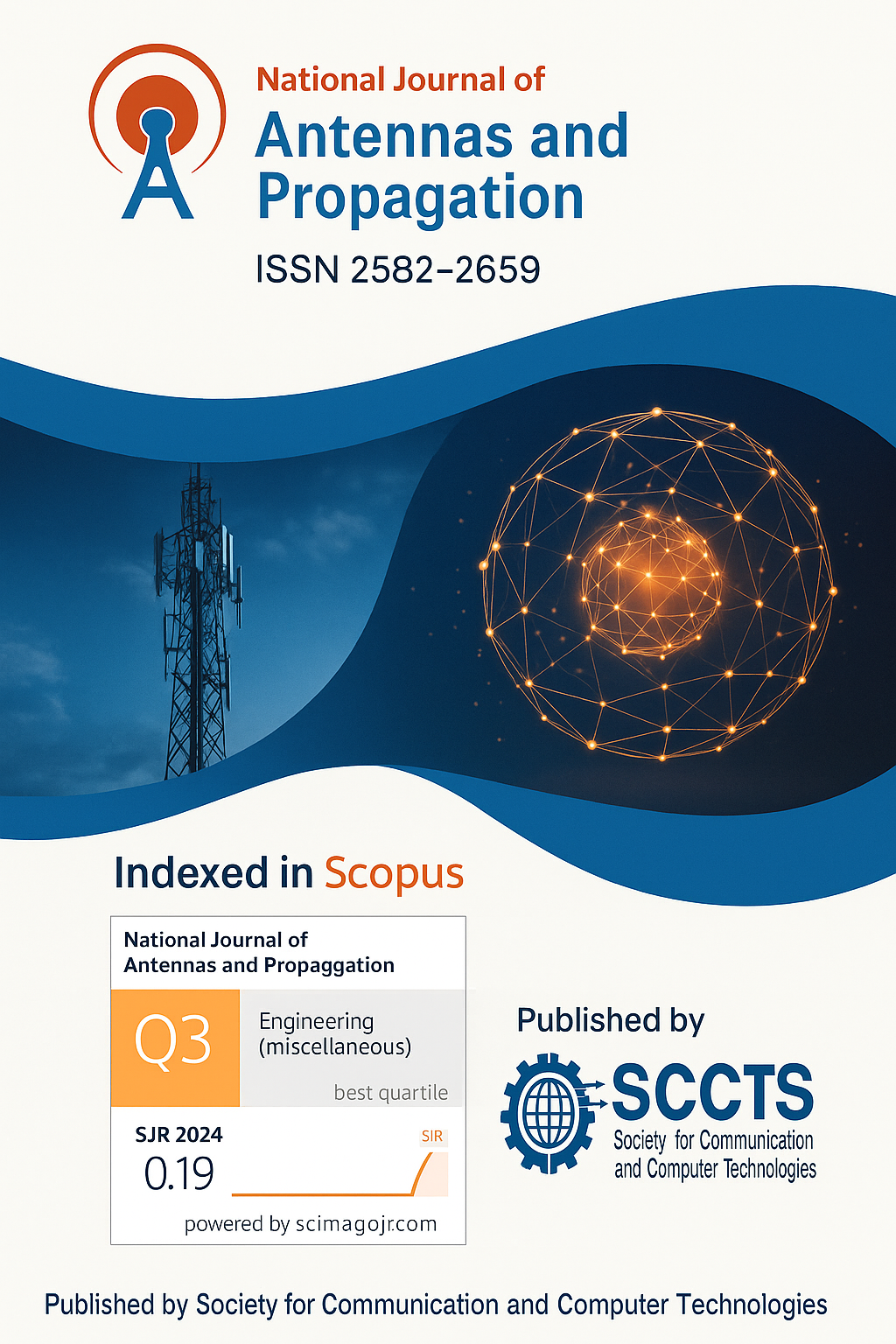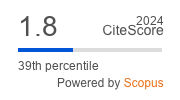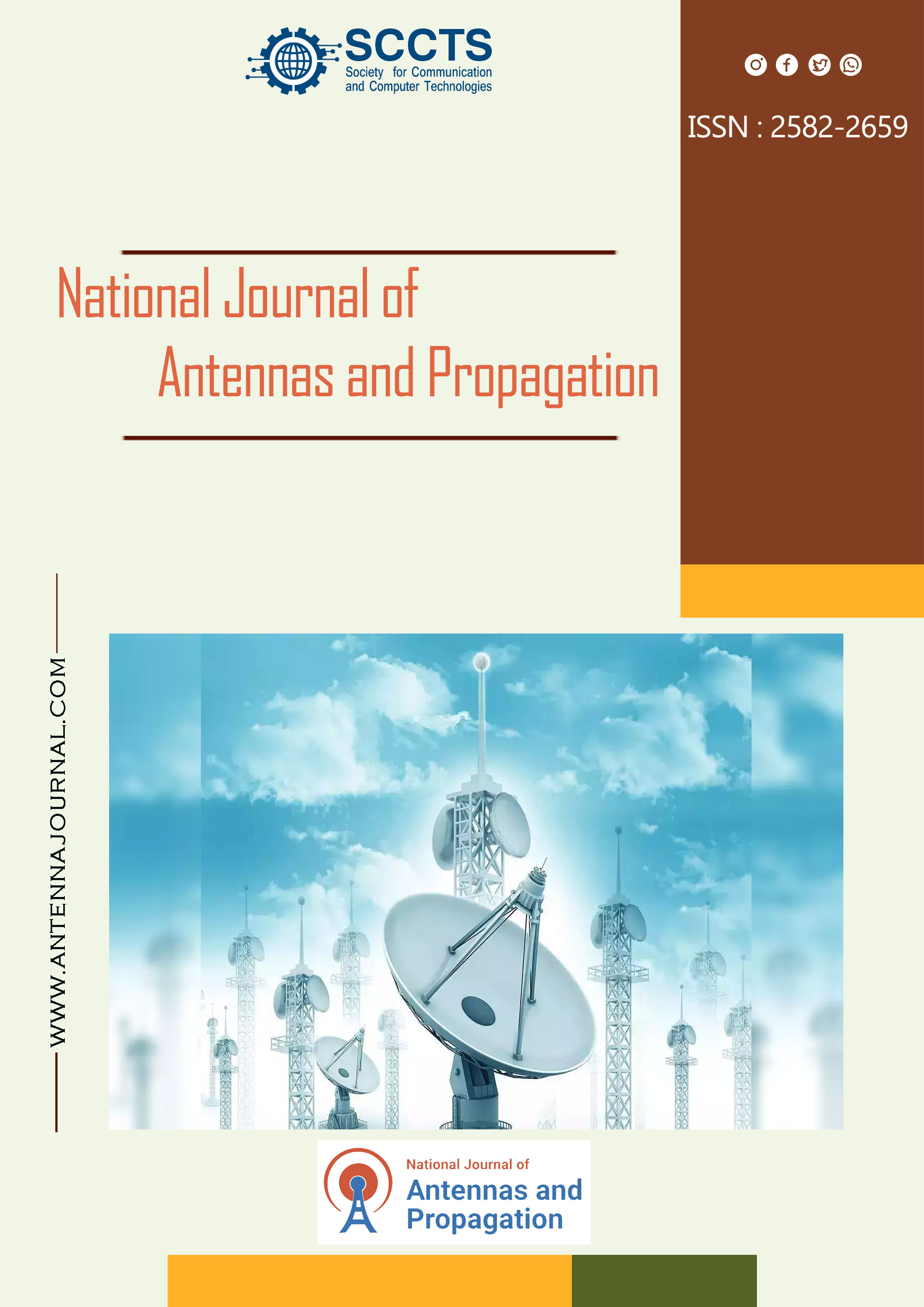Cognitive Radio-Based Spectrum Sharing for High-Density IoT Networks
DOI:
https://doi.org/10.31838/NJAP/07.01.06Keywords:
Cognitive Radio,, Spectrum Sharing,, Internet of Things (IoT),, Dynamic Spectrum Access,, High-Density Networks,, Spectrum Efficiency,, Interference Management,, Smart Communication,, Wireless Networks,, , IoT ScalabilityAbstract
The advent of Everything IoT has surged specially during smart city deployments as well as in automation and health care IoT, thus, ensuring efficient spectrum utilization is now a priority. The volatile nature and high-density scale of deployments makes them extremely difficult to monitor for static schemes using traditional spectrum allocation approaches. This paper proposes a work system to facilitate spectrum sharing on dense cognitive radio networks based on Internet of Things (CR-IoT). The incorporation of cognitive radio technology allows IoT devices to sense and capable attenuation learning dynamic spectrum access without disturbing licensed users, thus, easing bandwidth congestion. The proposed paradigm draws from dual approach strategies of adaptive communications for spectrum ‘decisions’ systems for resource allocation. As with any advancement, these methods present new potential for regulatory and legal frameworks while posing significant challenges with scalability and security. In comparison to primitive methods relying on fixed spectrum assignment, our results showed supremacy of a CR approach through increased system throughput while achieving improved latency and lower energy consumption, less power cost showing greater efficiency. This research lays the boundary IoT ecosystems towards advanced smart sustainable spectrum management.











